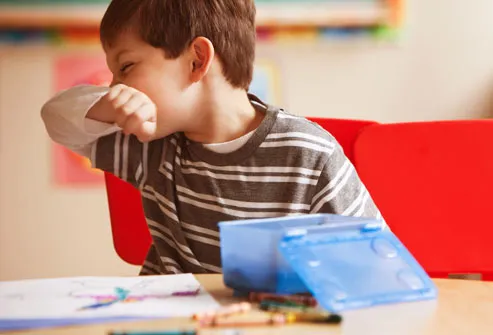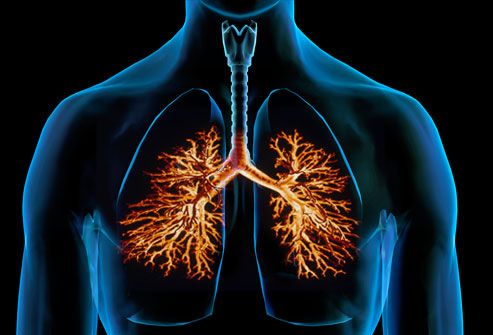Children and Colds
In this article
Is your child sneezing, coughing, and complaining about a sore throat? There’s not a parent on the planet who hasn’t been there. Find out how to keep those cold symptoms in check and prevent your kid from getting sick the next time.
What Is a Cold?
More than 200 different viruses can cause this infection, but the rhinovirus is the most common culprit. Antibiotics, which fight bacteria, won’t treat your child’s cold.
Except in newborns, colds in healthy children aren’t dangerous. They usually go away in 4 to 10 days without treatment.
What to Expect
When your child gets a cold, it starts when he has a general feeling of not being well, often followed by a sore throat.
At the beginning, the sore throat is due to a buildup of mucus. Later, your child may get a postnasal drip — when the mucus runs down the back of his nose to the throat.
As your child’s cold gets worse, he may wake up with symptoms like these:
A cold virus can affect your child’s sinuses, throat, bronchial tubes, and ears. He may also have diarrhea and vomiting.
At first your child may be irritable and complain of a headache and feeling stuffed up. After a while, the mucus coming out of his nose may turn darker and thicker.
How Many Colds Will My Child Get?
Kids who are preschool age have around nine colds a year, while kindergartners can have 12 a year. Adolescents and adults get about two to four a year.
Cold season runs from September until March or April, so children usually get sick most often during these months.
How Can I Prevent My Kid From Catching One?
Your child can get sick when someone who’s got a cold touches an object that’s later touched by your child. Door handles, stair railings, books, pens, video game remotes, and a computer keyboard are some common “carriers” of cold viruses. They can live on one of those objects for several hours.
Washing hands is the best defense. Teach your child to do it after every bathroom trip, before every meal, and after playing at school or at home.
It takes 20 seconds of hand washing with warm, soapy water to get rid of germs. Tell your child to sing “Happy Birthday to You” twice to know that he’s washed long enough.
If your child has a cold, make sure you protect others from catching it. If he has symptoms, keep him home from school and avoid contact with other children.
Encourage your child to cover his mouth when sneezing and to use a tissue when he blows his nose. If he doesn’t have a tissue, teach him tocough in his sleeve.
How Do You Treat a Cold?
Are Cold Medicines Safe for Kids?
The FDA and drugmakers say you shouldn’t give over-the-counter cough and cold medicines to children under 4. These include things like:
- Cough suppressants (dextromethorphan or DM)
- Cough expectorants (guaifenesin)
- Decongestants (pseudoephedrine and phenylephrine)
- Antihistamines (such as brompheniramine, chlorpheniraminemaleate, diphenhydramine, and others)
These drugs are the active ingredients in many brands of kids’ cold andcough medicines.
When to Call the Doctor
Talk to the pediatrician if your child doesn’t get better after a few days. Also call if he has a high fever, vomiting, chills and shakes, a hacking cough, or extreme fatigue. These may be signs of something more severe, like the flu.
If your child has asthma, diabetes, or other long-term health conditions, call your pediatrician to talk about medicine or other treatments.
Alsowatch for signs of complications of the flu, such as pneumonia. Symptoms include a low-grade fever (less than 102 F), coughing up mucus, achiness, and tiredness.
WebMD Medical Reference



